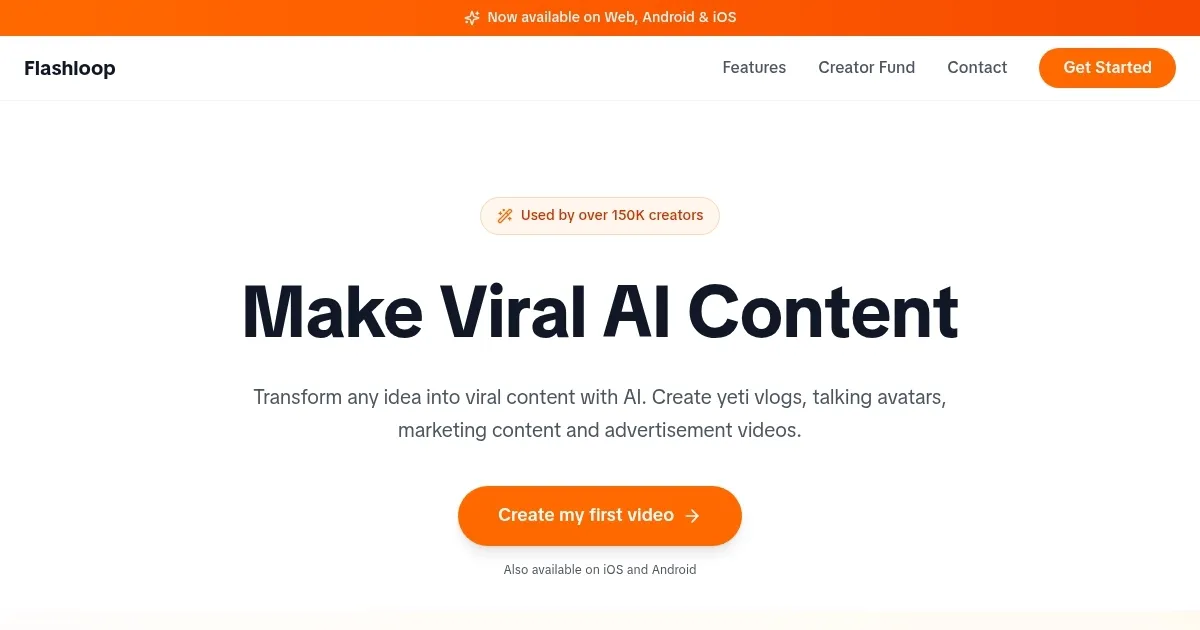Flashloop
Flashloop is an AI-powered video generation tool that converts text prompts and images into short videos with synchronized audio, using Google’s Veo 3 and Veo 2 models. It supports creation on web, iOS, and Android platforms, targeting over 150,000 users for viral content like vlogs, ASMR, and ads. Key features include Text to Video with Audio for prompt-based generation, Image to Video with Audio for animating uploads, and a prompts library for idea generation. The tool ensures consistent characters and effects through advanced model training, producing high-quality outputs in seconds.
Flashloop processes inputs via diffusion models that maintain temporal consistency, enabling realistic motion and physics in clips up to 10 seconds long. Users input descriptions specifying subjects, actions, lighting, and audio, with the system generating synchronized elements. It handles diverse styles, from cinematic movie scenes to realistic podcasts, with native sound effects and ambient audio. Compared to Kling AI, which excels in longer sequences, Flashloop prioritizes mobile accessibility and affordability in its subscription model. HeyGen offers similar avatar focus but lacks Flashloop’s broad creative prompts integration.
Outputs feature ultra-realistic visuals, with examples including Yeti & Duck vlogs viewed 17.9 million times and Lava ASMR at 25.5 million. The platform requires internet for cloud processing, limiting offline use. Generation credits operate on a subscription basis, providing unlimited access post-purchase, which aligns with competitors’ credit systems but offers better value for frequent short-form creators. Technical details involve token-based prompting, where descriptive inputs yield higher fidelity, though complex scenes may require iterations.
User adoption spans social media content, marketing videos, and animated stories, with app rankings showing top 100 placements in graphics categories. Limitations include short clip durations and occasional audio desyncs in dynamic scenes. The tool’s Veo integration provides an edge in realism over earlier models, supporting use cases like product demos and business presentations.
For optimal results, use specific prompts detailing scene elements and test audio previews before export. Combine multiple generations for extended videos using external editors.
What are the key features? ⭐
- Text to Video with Audio: Generates dynamic videos from descriptive prompts, incorporating synchronized sound effects and dialogue using Veo 3 models.
- Image to Video with Audio: Animates uploaded images into motion clips with added visual effects and ambient audio for quick storytelling.
- Consistent Characters and Effects: Maintains uniform character appearances and visual styles across multiple video generations for cohesive content.
- Prompts Library: Offers pre-built creative ideas and templates to inspire users starting viral videos or ads.
- Cross-Platform Support: Enables seamless video creation and editing on web browsers, iOS apps, and Android devices.
Who is it for? 🤔
Examples of what you can use it for 💭
- Social Media Influencer: Creates short, engaging TikTok videos from text prompts, adding audio effects to boost viewer interaction and shares.
- Marketer: Generates product advertisement clips from images, incorporating brand-consistent characters for targeted social campaigns.
- Small Business Owner: Produces business presentation videos with synchronized narration, using prompts to visualize services quickly.
- Content Creator: Animates story ideas into ASMR sequences, maintaining effects across scenes for immersive YouTube Shorts.
- Educator: Builds animated explainer videos from educational text, with audio to enhance online course materials.
Pros & Cons ⚖️
- Mobile friendly
- Realistic audio
- Affordable subs
- Short clips only
- Audio sync issues
FAQs 💬
Related tools ↙️
-
 AutoShorts.ai
Generates and posts faceless videos for TikTok and YouTube daily
AutoShorts.ai
Generates and posts faceless videos for TikTok and YouTube daily
-
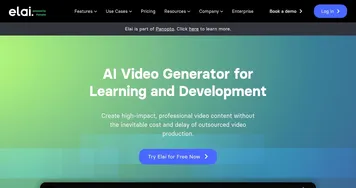 Elai.io
An AI-powered video generation tool that also generates talking avatars
Elai.io
An AI-powered video generation tool that also generates talking avatars
-
 vidBoard.ai
Transform text, documents, or URLs into engaging videos with AI avatars and voices.
vidBoard.ai
Transform text, documents, or URLs into engaging videos with AI avatars and voices.
-
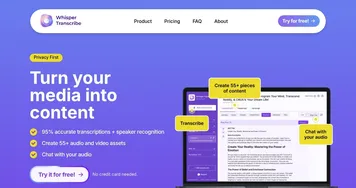 WhisperTranscribe
Converts audio and video into accurate text transcripts in minutes
WhisperTranscribe
Converts audio and video into accurate text transcripts in minutes
-
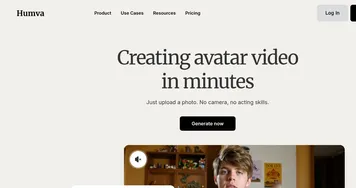 Humva
An AI tool that lets you create videos using lifelike avatars
Humva
An AI tool that lets you create videos using lifelike avatars
-
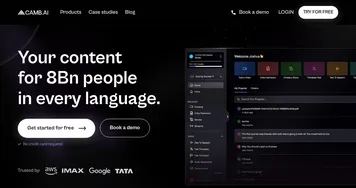 Camb.ai
An AI-powered platform that can transform how videos are dubbed and translated
Camb.ai
An AI-powered platform that can transform how videos are dubbed and translated


